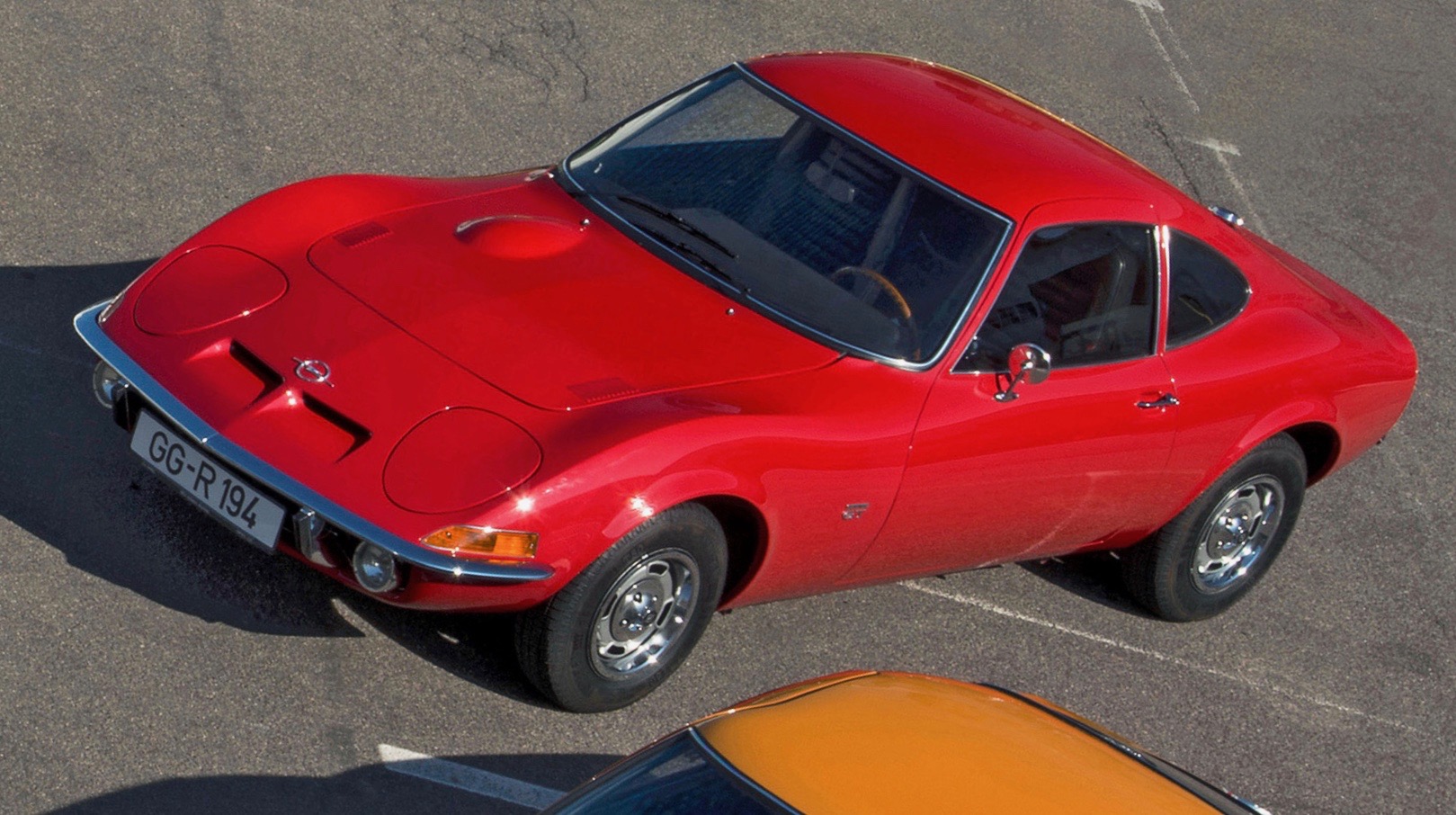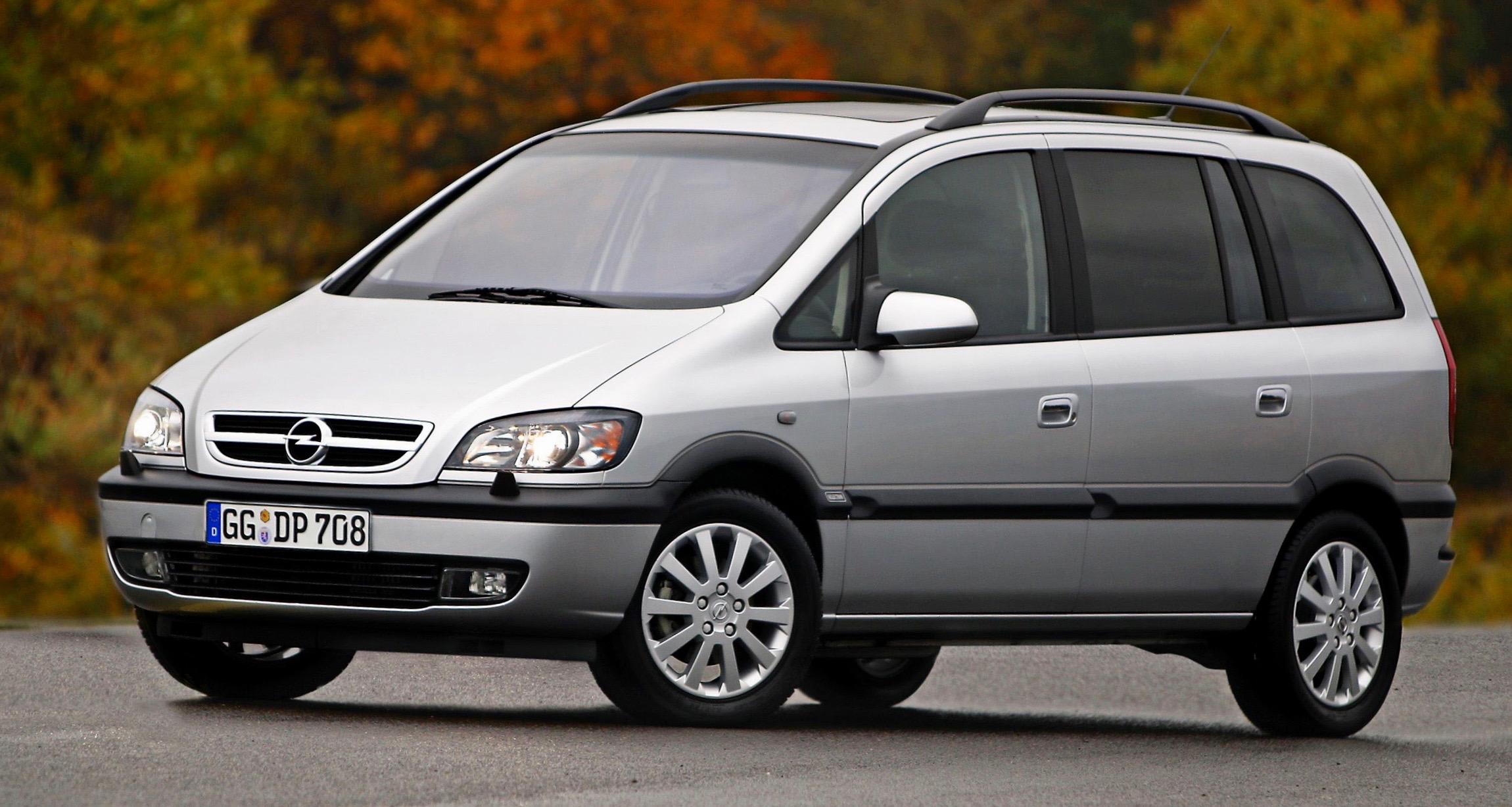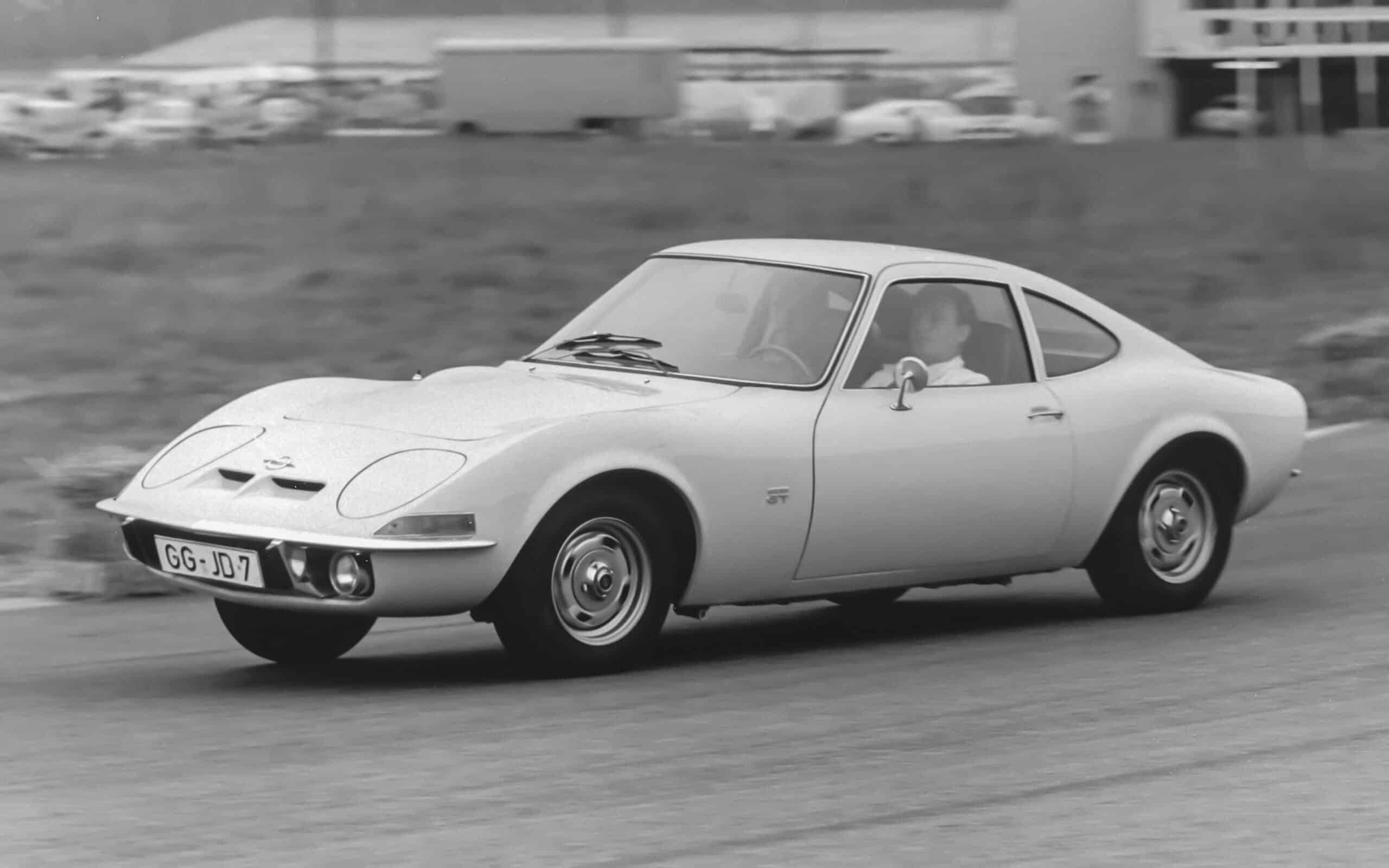Hemmings recently reminded us that it has been 60 years since General Motors first offered cars from Opel for sale at Buick dealerships in the United States. But The Standard Catalog of Imported Cars disagrees. It reports that the first Opels arriving at Buick dealerships from Germany showed up in October of 1957, with the Rekord 2-door sedan and the Caravan 2-door station wagon offered as 1958 models.
I’m not here to quibble about dates, but I do want to thank Hemmings for reminding me about GM’s former Germany subsidiary, now part of the Peugeot-Citroen (and soon-to-be Peugeot-Citroen-Fiat-Chrysler automotive empire), and about my personal experiences with its vehicles.
An initial impact

In 1969 I was a recent college graduate and a newly hired sportswriter for The Grand Rapids Press. Michigan International Speedway had just opened and the paper needed someone to cover motorsports, which I had done for a newspaper in Illinois while attending journalism school.
It also was in 1969 that Opel launched and GM began importing a sports car, the Opel GT, which looked like the Chevrolet Corvette’s little brother. Hoping to get some publicity about its new car, a local Buick dealer called the newspaper and offered a week-long test drive of its new import.
I guess because I was the motorsports writer, I was assigned to the story. I picked up the car at the dealership and had driven it maybe 2 or 3 miles when there was a collision on the southbound lanes of the US 131 freeway. I was in the northbound lanes, which had become clogged with people who wanted to see what had happened across the freeway. Among those people was the guy driving the pickup truck immediately behind me. Pity he was so busy gawking at the accident that he didn’t notice that traffic had come to a halt. And now there was another accident, this time in the northbound lanes as he smacked into the Opel.
Fortunately, no one was hurt. Information was exchanged. Nervously — my first “press car” experience and the car was damaged within a few miles! — I got to a phone and called the dealership.
How bad is the damage, I was asked. Actually, there’s wasn’t much damage. The flat Kamm-design tail end had a couple of dents, but the lights were not broken and still worked.
OK, the dealer responded, we’ll worry about the car when you bring it back in a week.
I remember more about the accident than my week driving the car. I also remember that after I returned the car, the dealership turned it into an SCCA racer, and a probably saw it again at the local sports car track or maybe at the sports car hillclimb that used to take place in John Ball Park.
Cadillac’s Opel

Buick dealers weren’t the only ones selling Opels. Cadillac dealers also got their turn in 1996 with the Catera. You may not remember the car, but you might recall “The Caddy That Zigs” advertising campaign featuring a cartoon duck, inspired by the Merlettes from the Cadillac crest, and, for the Super Bowl commercial, Cindy Crawford.
The Catera was an Americanized Opel Omega, a mid-sized car that sold well in Europe.
As part of the Catera’s introduction, Cadillac invited the American automotive “buff books” to Germany to drive the Omega/Catera in hopes that we’d write wonderful things about the car. At the time I was managing editor of AutoWeek magazine, and off I flew.
The Omega was, indeed, fun to drive, especially in its most popular form — a station wagon with a manual transmission, which as I recall, we properly exercised on twisting roads through the Black Forest. We were impressed.
Of course, when the cars arrived in the United States, there were no station wagons and no manual transmissions, and I’m guessing not that many came with the 300-horsepower version of the double-overhead-cam V6, with the 200 hp version instead.
They were mundane sedans (they all seemed to be beige in color and weighed down with luxury features) and with automatically controlled gear selection. All the cartoon ducks in the world weren’t enough to convince enough people to buy the car.
However, the car did produce a television show character. The writers of the Chicago Hope, a CBS hospital drama sponsored in part by Cadillac, turned the “Lease a Catera” line from a Catera commercial into Dr. Lisa Catera, who in one episode actually says, “When you can’t zig, you zag.”
The Nurburgring luggage van

Chevrolet discontinued production of its Camaro sports coupe in 2002, but brought it back, all modern and updated and with a new more muscular design for the 2009 model year. Motorbooks contracted me to write a book on the development of the new car and I spent my advance on two trips to meet up with the engineering team.
The first trip was to Australia, where much of the development work on the car was taking place at GM’s Holden subsidiary. The second trip was to Germany, where one of the last iterations of the pre-production prototypes would challenge the famed Nurburgring race track.
Before the trip to Germany, I made arrangements with Opel to borrow from its press fleet a diesel-powered Opel Zafira, a sort of compact-sized mix between a minivan and a sports utility vehicle. What I didn’t know was that the vehicle was actually diesel-underpowered, and especially when the Camaro engineers decided my ride would serve as the luggage van for the entire group.
The good news was that they finally took pity on me after we left the Nurburgring for a 3-day road test to Lucerne, Switzerland, Lyon, France, and then back to Germany. I had been constantly struggling to keep up with the much faster cars.
Not only did a couple of the engineers volunteer to do stints in the Zafira, but violated GM policy by inviting me to drive the Camaro SS prototype and a pre-production version of the Holden Commodore, a sedan that would be coming — with a Corvette V8 under its hood — to the United States for the 2008 model year as the Pontiac G8 GXP.
So there you have it: A crash, a Catera and a Camaro. Together they comprise my Opel experience.






Hi Larry
It doesn’t surprise me that the person writing the Hemmings piece got the year Opels were first sold in USA wrong.
Perhaps if he’d said the first Opels he was aware of ….. 1969, he might’ve been forgiven.
I understand that it’s being taught in US schools that WWII started in 1941 after the Japanese unwisely bombed Pearl Harbour. WWII had started in 1939 when Germany invaded Poland. Up till 1941 USA confined their activities to making money out of it.
I was in the Indianapolis Motor Speedway Museum and l asked a young chap in a white coat if he could please open the bonnet of a former Indy 500 pace car, an Aussie Holden Commodore badged as a Chevy Monte Carlo. I wanted to see Made in Australia on the built plate.
He wasn’ t allowed to and, besides, it’s obviously a Chevy, made in USA. No car built outside USA will ever be Indy 500 pace car. Oh, really?
I suggested that next time there is somebody there who IS allowed to pop hoods, he should take a look at the build plate. I’d have loved to see the look on his face.
Got a friend here in Fargo with two of those Pontiac G8/Holden Commodores, one a daily driver and the other heavily modified (aftermarket supercharger, equipment to support & handle the extra power). Wasn’t aware any Commodores, a 4dr sport sedan, being badged as a Chevy Monte Carlo, all Monte Carlos whether front or rear wheel drive are 2drs; they did badge engineering to turn the Holden Commodore into the Chevrolet SS, a big 4dr with a manual, following the decision to eliminate Pontiac as a brand, killing the G8 as well.
I have the earlier (’04) 2dr Holden Monaro, sold in the states as the Pontiac GTO up til ’06.
I’m Indianapolis IN born & bred, and spent a lot of my misspent youth- and not so youth- at the Speedway Museum, as well as having a long term acquaintance with former Indy driver Bob Harkey, who for years partnered with my best school friend’s mother.
Don’t recall seeing any Holden "Monte Carlo", but I’ll look in when I visit home for the holidays.
And snark aside, Mr. Graham, World War 2 cost the United States as a nation far more in money, materiel, and lives than any of the public or private firms ever made prior to 7 Dec 41. Please acquaint yourself with the Allied war cemetery system on the Continent next you travel to, say, France.